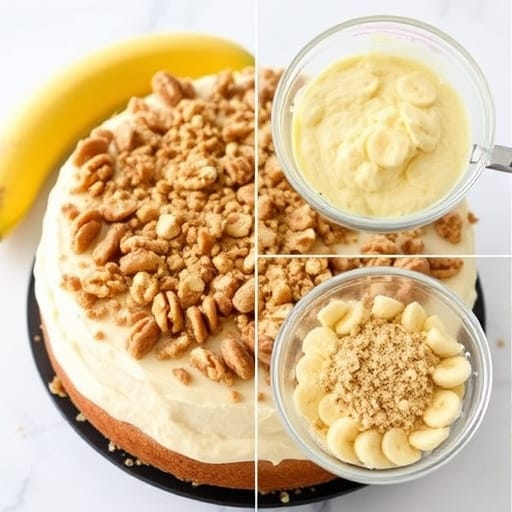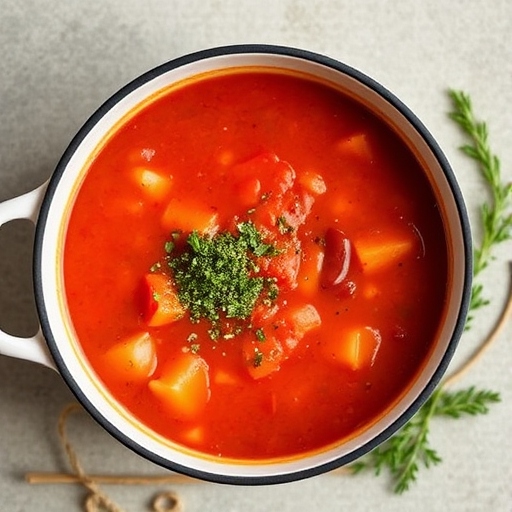Introduction
When life gives you lemons, why not make a delightful Lemon Caper Chicken Pasta? This recipe combines zesty lemons, savory capers, and tender chicken over a bed of al dente pasta. Perfect for weeknight dinners or special occasions, it’s a dish that tastes as good as it looks.
Table of Contents
1. The Story Behind the Recipe
The inspiration for Lemon Caper Chicken Pasta comes from the sunny Mediterranean, where simple ingredients like lemons, olive oil, and capers reign supreme. This dish brings together bright citrus flavors, briny capers, and juicy chicken, creating a meal that feels light, elegant, and deeply satisfying.
2. The Benefits of Making Your Own Lemon Caper Chicken Pasta
- Fresh and Healthy: Home-cooked ensures the freshest ingredients and eliminates unnecessary preservatives.
- Cost-Effective: Skip expensive restaurant meals without compromising flavor.
- Customizable: Adjust the tanginess, spice, or protein to suit your preferences.
- Quick and Easy: Ready in under 30 minutes, it’s ideal for busy weeknights.
3. Essential Ingredients for the Perfect Lemon Caper Chicken Pasta
- Chicken Breasts: Boneless and skinless for lean protein.
- Capers: Add a tangy, salty flavor that balances the richness of the sauce.
- Lemons: Freshly squeezed juice and zest are non-negotiable.
- Pasta: Choose long strands like spaghetti or linguine for a classic pairing.
- Garlic: Infuses the sauce with a warm, aromatic base.
- Olive Oil: The foundation of many Mediterranean dishes.
- Parmesan Cheese: For a creamy, savory finish.
4. Cultural History of Ingredients
- Lemons: Native to Asia, lemons became a Mediterranean staple, celebrated for their vibrant flavor and health benefits.
- Capers: These briny flower buds are a hallmark of Mediterranean cuisine, often used to elevate simple dishes.
- Pasta: A culinary gift from Italy, pasta provides a versatile base for countless recipes.
5. Equipment You’ll Need
- Large pot for boiling pasta
- Skillet for cooking chicken and sauce
- Zester for fresh lemon zest
- Tongs for tossing pasta
- Cutting board and sharp knife
6. Step-by-Step Instructions for Lemon Caper Chicken Pasta
Ingredients
- 12 oz (340g) spaghetti or linguine
- 2 chicken breasts, thinly sliced
- 2 tbsp olive oil
- 3 cloves garlic, minced
- 2 tbsp capers, drained
- Juice and zest of 2 lemons
- 1 cup chicken broth
- 2 tbsp unsalted butter
- ½ cup grated Parmesan cheese
- Salt and black pepper to taste
- Fresh parsley for garnish
Instructions
- Cook the Pasta: Bring a large pot of salted water to a boil. Cook pasta according to package instructions until al dente. Reserve ½ cup of pasta water and drain the rest.
- Prepare the Chicken: Season chicken slices with salt and pepper. Heat olive oil in a skillet over medium heat and cook chicken until golden and fully cooked, about 3-4 minutes per side. Remove and set aside.
- Make the Sauce: In the same skillet, add minced garlic and sauté for 1 minute until fragrant. Stir in capers, lemon juice, zest, and chicken broth. Let it simmer for 2-3 minutes.
- Combine: Return the chicken to the skillet and add the cooked pasta. Toss to coat evenly in the sauce. If needed, add reserved pasta water for a silkier texture.
- Finish with Butter and Cheese: Stir in butter and Parmesan cheese until melted. Adjust seasoning with salt and pepper.
- Serve: Garnish with fresh parsley and an extra sprinkle of Parmesan.


7. Suggestions for Serving and Storing
- Serving: Pair with a crisp green salad and crusty bread for a complete meal.
- Storing: Store leftovers in an airtight container in the refrigerator for up to 3 days. Reheat gently with a splash of water or broth.
8. Chef Simon’s Tips for Lemon Caper Chicken Pasta
- Always use freshly squeezed lemon juice for the best flavor.
- Don’t overcook the pasta—al dente is key for perfect texture.
- Add a pinch of red pepper flakes for a spicy kick.
9. Emotional and Psychological Impact of Food
The citrusy brightness of this dish evokes feelings of joy and renewal, making it perfect for lifting spirits. Its comforting yet light nature makes it equally ideal for celebrations or casual gatherings.
10. Mindful Cooking Techniques
- Pay attention to the chicken as it cooks to achieve a golden crust without drying out.
- Taste the sauce as you go, adjusting lemon and caper levels to your preference.
11. Tips for Keeping the Recipe Fresh Longer
- Store sauce and pasta separately to maintain the best texture.
- Use airtight containers to prevent the dish from absorbing other refrigerator odors.
12. Advanced Culinary Terms and Techniques
- Deglazing: Adding broth to the skillet to release flavorful browned bits from the bottom.
- Emulsification: The process of creating a creamy sauce by combining butter with broth and lemon juice.
13. Healthy Ingredient Alternatives
- Replace butter with olive oil for a dairy-free version.
- Use whole-grain pasta for added fiber.
- Substitute chicken with shrimp or tofu for variety.
14. More Serving Ideas
- Add roasted cherry tomatoes for a burst of sweetness.
- Top with toasted breadcrumbs for added texture.
- Serve alongside a chilled glass of Sauvignon Blanc.
15. Common Issues and Solutions
- Too Tart: Balance excessive lemon flavor with a pinch of sugar or more Parmesan.
- Dry Chicken: Slice chicken thinly for even cooking and avoid overcooking.
- Clumpy Sauce: Ensure the skillet is not too hot when adding butter and Parmesan.
16. Variations to Try
- Add spinach or arugula for a pop of green.
- Include olives for an additional Mediterranean flair.
- Replace chicken with salmon for a seafood twist.
17. Nutritional Information and Health Benefits
- Calories: 420 per serving
- Protein: 35g (from chicken and Parmesan)
- Vitamin C: Boosts immunity and skin health from lemons.
- Antioxidants: Found in capers and parsley.
18. The Art of Pairing Lemon Caper Chicken Pasta
Pair with a crisp white wine like Pinot Grigio or a sparkling lemonade for non-alcoholic options. A light dessert, like lemon sorbet, complements the meal beautifully.
19. Weather and Recipe Outcome
This dish is versatile, brightening up rainy days with its citrusy zing or perfectly complementing sunny picnics and alfresco dining.
20. Other Recipes to Explore
- Lemon Garlic Shrimp Pasta
- Mediterranean Chicken with Olives and Capers
- Creamy Lemon Risotto
21. Focus on Tools and Equipment
- A sharp zester ensures fine lemon zest without bitterness.
- Use a heavy-bottomed skillet to evenly cook chicken and sauce.
22. Frequently Asked Questions (with answers)
- Q: Can I use bottled lemon juice?
A: Fresh lemon juice is highly recommended for the best flavor. - Q: Can this dish be made gluten-free?
A: Absolutely—use gluten-free pasta.
Conclusion
Lemon Caper Chicken Pasta is a delightful fusion of zesty, savory, and creamy flavors. Its simplicity, elegance, and bold taste make it a family favorite and an entertainer’s delight. Dive into the Mediterranean spirit with this unforgettable dish!


















